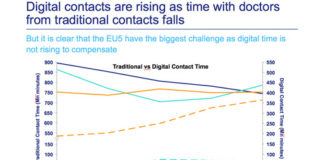Pharma Industry News Update: 8 Dec 2017
FDA Releases New “Leap-Frog” Guidance on 3D Printing of Medical Products
Including Innovative Drug Delivery Solutions
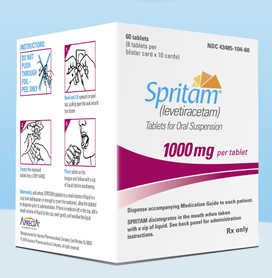
[From www.fda.gov] Today we are issuing new guidance to help advise device manufacturers on technical aspects of 3D printing, referred to as additive manufacturing, that clarifies what the FDA recommends manufacturers include on submissions for 3D-printed medical devices. It includes our thinking on various approaches to 3D printing, including device design, testing of products for function and durability, and quality system requirements. Overall, it will help manufacturers bring their innovations to market more efficiently by providing a transparent process for future submissions and making sure our regulatory approach is properly tailored to the unique opportunities and challenges posed by this promising new technology.
But this technical guidance — categorized as a “leap-frog” guidance because it helps bridge where we are today with innovations of tomorrow — is only intended to provide the FDA’s initial thoughts on an emerging technology with the understanding that our recommendations are likely to evolve as the technology develops in unexpected ways.
Janet Woodcock’s Insights:
[From The Readout by STAT] With 3-D printing, the drug industry is “going to be only bounded by imagination” in how to design pharmaceutical products, Dr. Janet Woodcock, director of the FDA’s Center for Drug Evaluation and Research, said on December 5, 2017, at the FDA/CMS Summit in D.C.
“You can imagine printing a drug on a film and so then you can sort of cut pieces of film [to decide] how much dosing you want, or tear it off like candy that comes in little squares,” Woodcock said. Woodcock also said that drugs could be printed on top of devices — perhaps an implantable device coated with a therapeutic film.
FDA’s New Proposed Clinical Decision SW Tools Guidance Has a “Big Hole”
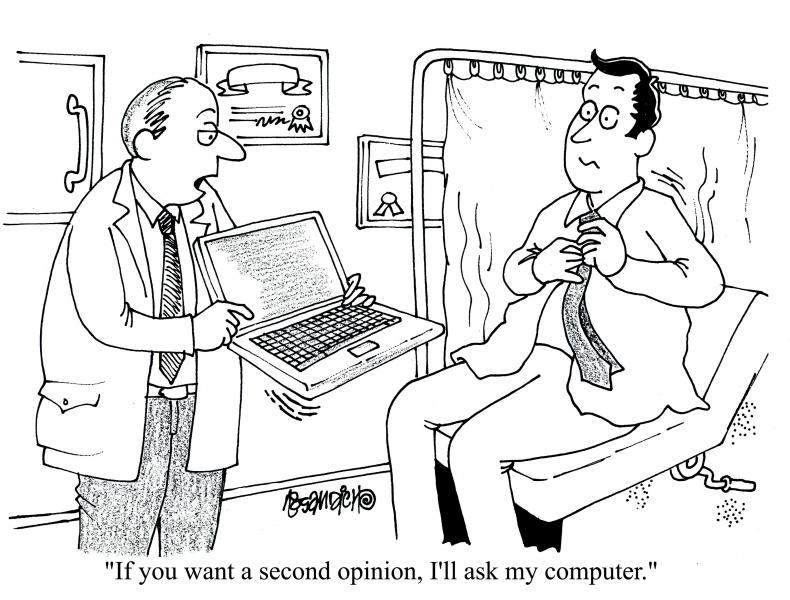
Guidance for Artificial Intelligence is Missing
[From www.statnews.com] The Food and Drug Administration proposed on Thursday to streamline its regulation of health software tools, but remained largely silent on the crucial question of how it will treat products that rely on artificial intelligence, experts said.
The agency’s draft guidance on so-called clinical decision support tools is a long-awaited attempt to define the rules in a regulatory gray area where many new products are promising to change the delivery of medicine. The experts said the document appears to broadly grant latitude to developers of software that helps doctors diagnose and treat a range of conditions, including cancer, diabetes, and heart disease.
However, it also leaves lingering questions, especially in the rapidly evolving arena of AI.
“It’s the biggest hole in the guidance,” said Bethany Hills, chair of the FDA practice at the Boston-based law firm Mintz Levin. “This does not clarify to us [the regulation] of software that is true artificial intelligence.”
Listen to Insights by Bradley Merrill Thompson:
Bradley Merrill Thompson, Member of the Firm at Epstein Becker & Green and General Counsel to the mHealth Regulatory Coalition, warns of FDA mobile guidance that the drug industry should be concerned about: new guidelines regarding FDA’s regulation of clinical decision support (CDS) software. Listen to the podcast interview.
Further Reading:
- Coalition Says FDA Needs to Clarify Clinical Decision Support Regulations
- FDA May Focus Less on Compliance When Reviewing Digital Apps from Silicon Valley
Got Dark Social Media Traffic?![]()

Pharma Should Take Steps to Track It
[From www.fiercepharma.com] Pharma has been accused of being on the dark side, but now one agency is encouraging it to go there. The dark social side, that is.
While the name “dark social” sounds sinister, it’s actually just a growing way that people share content on social media, according to Andrew Grojean, social media manager at Intouch Solutions: “Dark social is effectively word-of-mouth sharing. It’s when a user does things like copy and paste a URL and drop it into a messaging app, or copies a link on a website and send it in an email where referrals aren’t always passed.”
Dark social also includes other shared activity that can’t be tracked or analyzed, such as links or content sent in instant messages, texts, Snapchats, mobile apps or even emails.
The problem for marketers is that dark social activity accounts for up to 75% of all sharing on social channels, and that figure has been growing over the past few years. That’s quite a bit of unknown activity when it comes to a brand and its content.
So how can a pharma marketer tell if they’re getting a lot of dark social traffic?



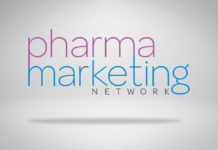

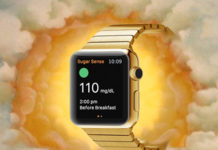
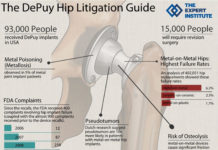

![6 Digital Tools at the Center of Healthcare Digitalization [INFOGRAPHIC]](http://ec2-54-175-84-28.compute-1.amazonaws.com/pharma-mkting.com/wp-content/uploads/2021/04/6DigitalTools_600px-100x70.jpg)




